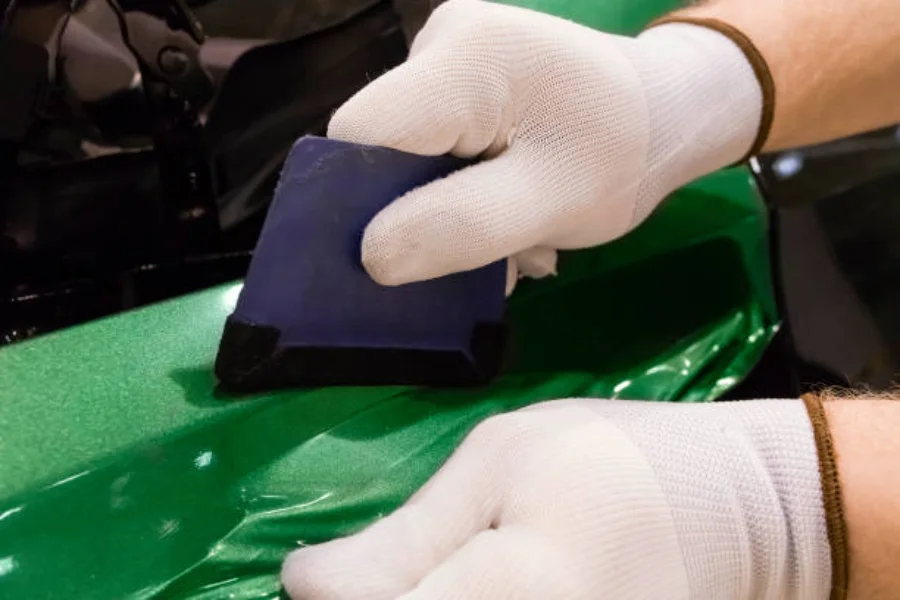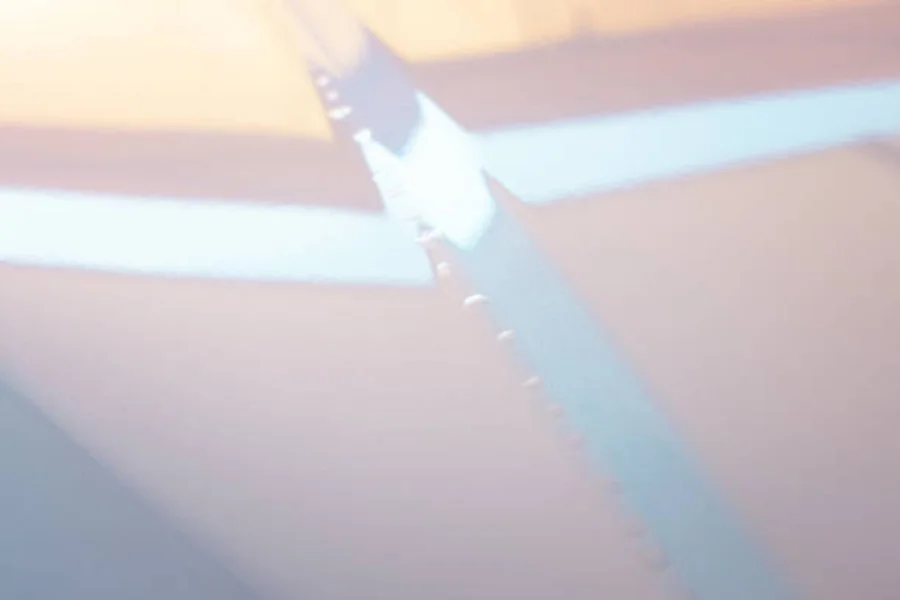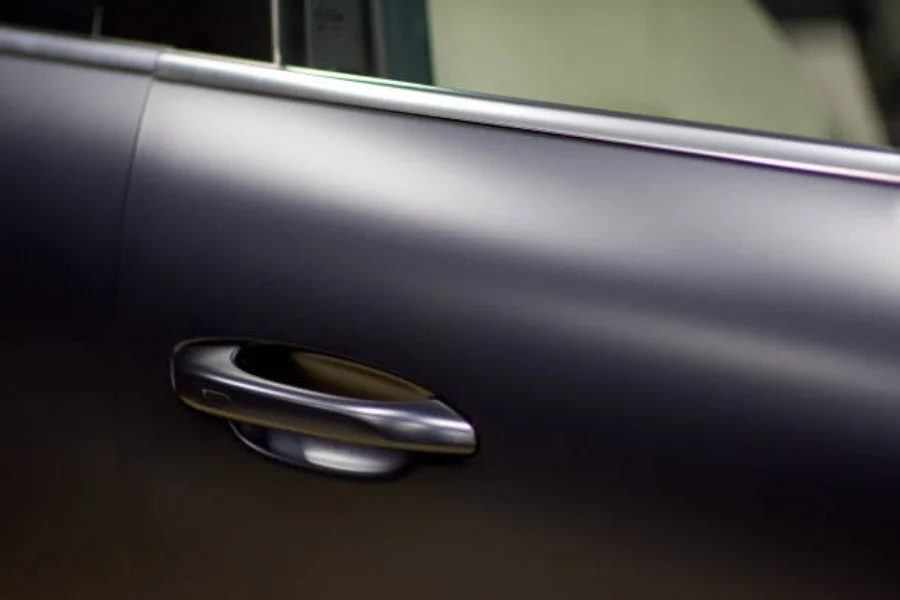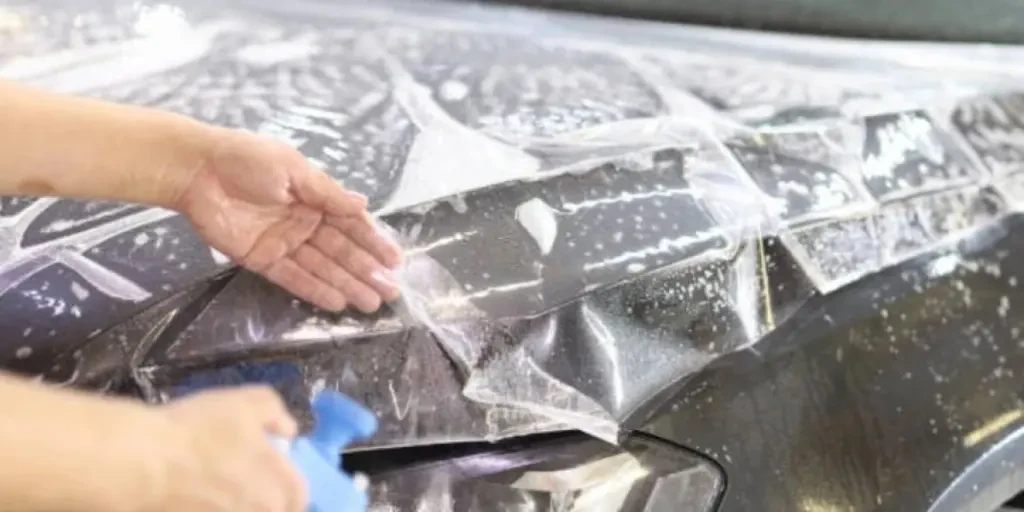Paint protection films are layers added to the exterior of a car to protect it from dust, dirt, and even UV lights. These films have gained popularity in recent years, mostly from people in South and North America. What makes paint protection films a better choice for many are their benefits.
This article will explain how to select the right car paint protection film. Also, the pros and cons of wrapping cars with paint protection films will be listed.
Table of Contents
Overview of the paint protection film market
Types of paint protection films
How to select the right car paint protection film
Conclusion
Overview of the paint protection film market

The global paint protection film (PPF) market has expanded over the past years. Based on material, the international market is segmented into polyvinyl chloride (PVC), thermoplastic polyurethane (TPU), and others.
The products are applied in several industries including electrical and electronics, automotive and transportation, aerospace and defense, and others. There has been a significant rise in paint protection film demand due to high consumer disposable income and consumer willingness to protect the exterior components of machines.
According to Grand View Research, the global market for paint protection film was valued at US $458.28 million in 2021. It was further projected to expand at a compound annual growth rate (CAGR) of 5.6% from 2022 to 2030. The main driving factor for this surge will be the rising awareness among buyers to properly maintain their automobiles.
Based on regions, Europe accounted for the largest revenue share of 31.8% in 2021. Asia-Pacific was the fastest-growing market for PPF. Furthermore, the country that will witness the greatest demand for paint protection film is the U.S. because it is among the leading automotive markets in the world.
Lastly, the thermoplastic polyurethane film segment recorded the biggest market share and is expected to dominate throughout the forecast period.
Types of paint protection films
1. Gloss PPF
The gloss paint protection film offers a solution for keeping vehicles’ showroom finish in good condition. It provides outstanding durability and ultimate performance. Apart from protection against harsh outdoor weather conditions, it creates a barrier against stones, stains, insects, and scrapes. It is also a hydrophobic top coat that repels water and dirt and has self-healing capabilities.
2. Satin PPF
Satin paint protection film provides sufficient protection for vehicles with matte finishes. It protects fragile matte surfaces from potential stains. Satin PPF provides safety from harmful UV rays and sun glare. Additionally, it is scratch resistant for a range of 4 to 7 years.
3. Self-healing PPF
Self-healing PPF has the underlying layers rearranging themselves to dissipate a scratch when heat is applied to it by a heat gun or sun. It has several layers made up of polyurethane, polyester, adhesives, and a clear coat. The layers are produced through a process called microreplication.
4. Temporary PPF
Temporary PPF is a disposable film that protects the car for specific occasions like during road trips, off-roading, track days, or towing. It is easily and quickly installed and lasts for only a number of days before it can be removed. This kind of PPF leaves no mess or sticky residue when removed.
5. Off-road PPF
Off-road PPF prevents the car surface from wear and tear during hiking or camping. The terrain is usually difficult to navigate, thus the entire vehicle is likely to get scratched. This is because of the flying debris and prickly vegetation.
How to select the right car paint protection film
Buyers must understand that protecting their vehicles’ paint saves them money on the risk of damages over time. However, they will need to select the right kind of paint protection film by considering the following tips:
1. Color of the vehicle
Essentially, certain paint colors make streaks and scratches more visible. This makes car color the topmost factor when it comes to selecting the right PPF. White cars and most light paint colors are less likely to show marks or swirls compared to black-color vehicles. A full-body wrap is a preferred choice for colors that are likely to show swirls on the surface.
2. Durability of the film

In general, a car that will last longer requires a full body wrap to keep it in the desired condition. The PPF chosen should keep the car free of paint damage and look sharp for years. Some PPFs have a warranty for a specified number of years like five or ten years of installation. Also, some PPFs can heal themselves; thus they provide long-lasting protection for the car.
3. Driving habits
It is only sensible to have the full car wrap for buyers who drive more. This is the ideal choice as it will keep the vehicle paint in good condition for approximately three years or more. In this case, a buyer would opt to use the standard package.
For daily driven vehicles, the forward-facing panels should be sufficiently protected. In addition, off-road cars must have a PPF installed on the front end, the back, and the sides.
4. Cost of the films
Cost varies according to the colors of PPF available, the quality of the product, and the size of the vehicle. The two most important aspects of cost include the buyers’ budget and the comprehensive long-term savings provided by the PPF of choice.
Notably, the upfront costs for any PPF package might be high, but it is worth making the investment as extra expenses will not be incurred on paint damage. It is less costly to wrap and protect the entire car at once compared to wrapping it in stages.
5. Material of the films

PPF materials offer different levels of protection to cars. Making long-lasting paint protection film requires four layers of material which include polyester release liner, acrylic adhesive, polyurethane, and clearcoats.
The goal is to provide comprehensive protection against all forms of damage. For instance, a quality PPF package will keep bug splatters, water spots, and other dirt at bay. The available PPFs are mostly hydrophobic in nature. In this case, water will slide off the coating, leaving the surface clean and clear. Additionally, both PVC and TPU sufficiently protect the car against minor to serious scratches and dings.
Conclusion
When it comes to choosing paint protection films, buyers should consider the factors mentioned in the above guide. Most importantly, they should have the right information on what makes a PPF good while staying within their budget.
Moreover, they will need to find the right provider for quality PPF that will complement their vehicles. To acquire affordable paint protection film, visit Alibaba.com.




